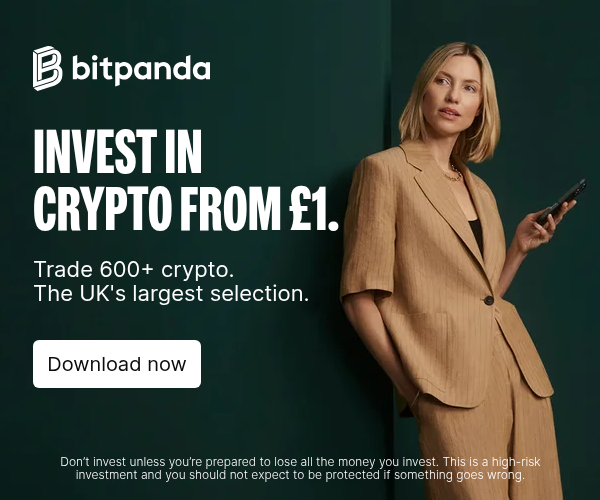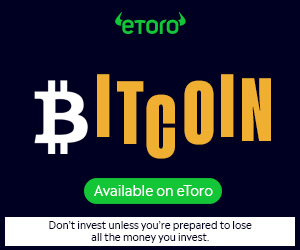Trying to understand how NFTs are impacting our digital economy? It can be confusing at first. As someone who's spent countless hours trading crypto and exploring the NFT space, I've directly experienced the opportunities and risks they present.
In this post, I'll break down the details of NFTs in our digital world, covering both their exciting potential and some pitfalls to watch out for. Get ready – we're about to explore this game-changing technology that's transforming the digital landscape.
Key Takeaways
- NFTs create new income streams for artists and content creators, with digital collectibles generating significant sales in early 2021.
- NFTs enable innovative business models, like NBA TopShot's $2 billion in sales in Q1 2021 and "play-to-earn" gaming.
- Environmental concerns exist due to the high energy use of minting and trading NFTs, prompting efforts to develop more sustainable blockchain solutions.
- Copyright and intellectual property issues pose challenges for NFT creators and buyers, as highlighted by a 2024 study of 71 industry experts.
- The NFT market is highly volatile and speculative, with rapid price fluctuations posing risks for investors seeking quick profits.
Opportunities Presented by NFTs
NFTs open up new ways for artists and creators to make money. They also create fresh business models in the digital world.
Democratizing Art and Content Ownership
I've seen how NFTs are changing the game for artists and content creators. They're opening up new ways to sell art directly to collectors, cutting out middlemen like galleries. This shift is huge for artists like me.
We can now connect with our fans and make more money from our work. In the first half of 2021, digital collectibles brought in big bucks through NFTs. It's not just about the cash, though.
NFTs are giving artists more control over their creations and how they're sold.
I'm excited about how NFTs are making art more accessible to everyone. A study of 1,331 NFT creators across eight major platforms showed just how widespread this trend is becoming.
Fans can now own exclusive digital collectibles, which is a cool new way to support their favorite artists. The first quarter of 2021 saw a big jump in NFT sales, proving that people are really into this new form of ownership.
As an artist, I feel empowered by these changes in the digital art world.
Potential for New Business Models
NFTs have opened up a world of new business models for creators and companies alike. I've seen firsthand how artists can now sell their digital works directly to fans, cutting out middlemen and keeping more profits.
Brands are using NFTs for innovative marketing campaigns, creating unique digital collectibles that boost engagement. Musicians benefit from ongoing royalties on secondary sales of their NFT releases.
The potential seems endless.
Gaming has embraced NFTs through "play-to-earn" models where players can own and trade in-game assets. Sports leagues like the NBA have found massive success with digital collectibles.
NBA TopShot raked in over $2 billion in sales in just the first quarter of 2021. As a crypto trader, I find these new revenue streams fascinating. NFTs are reshaping how we think about ownership and monetization in the digital world.
NFTs are not just a trend, they're a revolution in how we value and trade digital assets.
Next, let's explore the risks associated with NFTs, including environmental concerns.
NFTs as an Investment Asset
Moving from new business models, I want to talk about NFTs as investments. I've seen many crypto traders view NFTs as a fresh asset class with big return potential. These digital tokens give you unbreakable rights to unique digital items like art or collectibles.
You can trade them across various online markets using blockchain tech.
A recent study with 482 people looked at why folks buy NFTs. It found that many see them as a way to make money. Another study in 2024 used special math to check how NFTs connect to other investments.
This research helps us understand NFT risks better. As a trader, I think it's key to know both the upsides and dangers of this new market.
Risks Associated with NFTs
NFTs come with their fair share of risks. I'll explore some key concerns that traders should know about.
Environmental Concerns
I'm concerned about the environmental impact of NFTs. The process of minting and trading these digital assets consumes a lot of energy. This high energy use leads to a large carbon footprint, which harms our planet.
Many crypto traders like me worry about the ecological cost of our activities.
Efforts are underway to address this issue. Developers are working on energy-efficient blockchain solutions to reduce the environmental impact. These new protocols aim to keep the benefits of NFTs while cutting down on energy use.
As a trader, I'm hopeful that these advances will make NFTs more sustainable in the long run.
Issues of Copyright and Intellectual Property
I've seen firsthand how copyright and intellectual property issues can trip up NFT creators and buyers. NFTs often use existing content, like art or music, which can lead to legal troubles.
A big challenge is figuring out who owns the rights to the digital asset linked to an NFT. This gets tricky because blockchain technology makes it easy to copy and share digital files.
My experience has shown that smart contracts play a key role in addressing these concerns. They can encode unique content and help with ownership verification. Still, the legal landscape for NFTs remains murky.
A 2024 study in "Technological Forecasting and Social Change" gathered insights from 71 industry experts on these challenges. It's clear that as the NFT market grows, we need better ways to protect creators' rights and ensure proper licensing.
Market Volatility and Speculation
Moving from copyright concerns, we now face another challenge in the NFT world: market volatility and speculation. As a crypto trader, I've seen firsthand how wild the NFT market can be.
Prices can soar and crash in a matter of hours. For example, NBA TopShot sales hit $2 billion in early 2021, showing the huge potential. But this rapid growth often leads to unstable prices.
The speculative nature of NFTs makes them a risky investment. A study of 482 NFT buyers found many were driven by the hope of quick profits. This mindset can create market bubbles that burst, leaving some investors with big losses.
While NFTs offer exciting chances for profit, I always remind fellow traders to be careful. The market's ups and downs can be thrilling, but they can also be dangerous for those who aren't prepared.
Conclusion
NFTs are changing how we view digital assets. They offer new ways to make money and own unique items online. Yet, we must be careful about the risks they bring. I see NFTs as a powerful tool that could reshape our digital world.
As this tech grows, we'll need to balance its benefits with its drawbacks.





 usdt
usdt bnb
bnb

